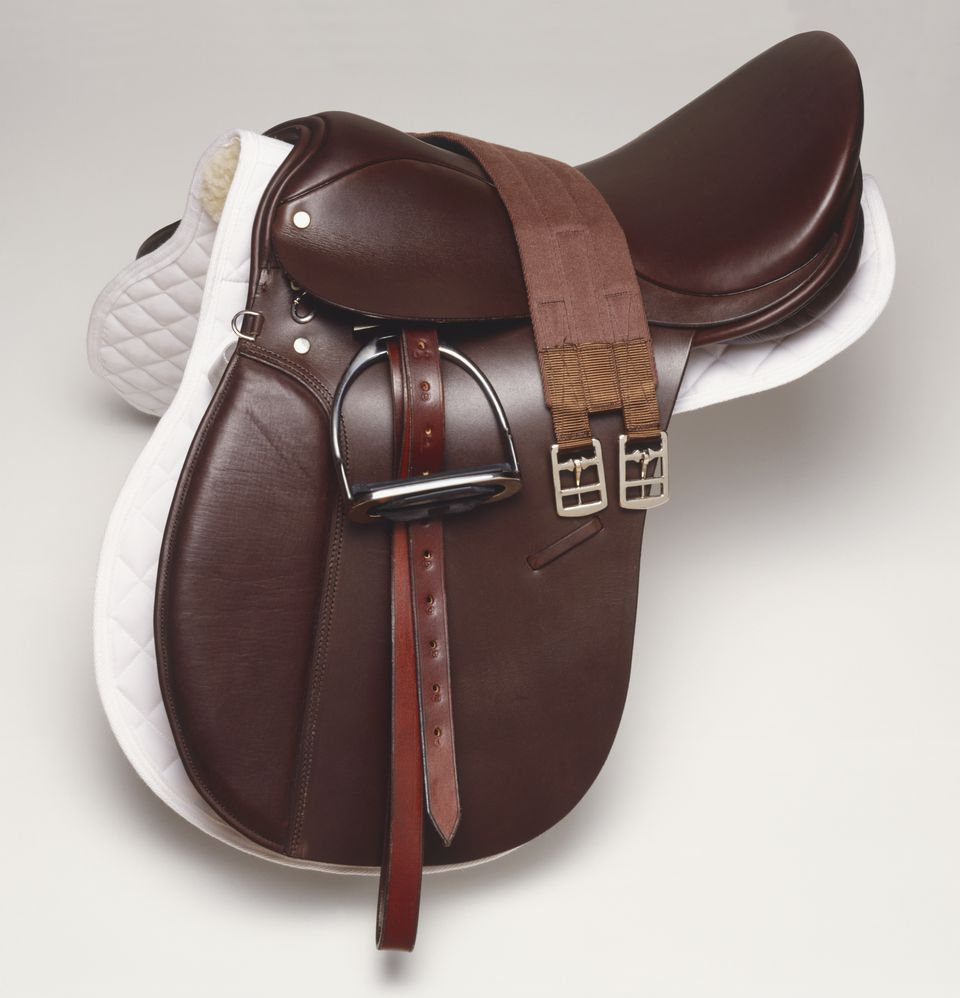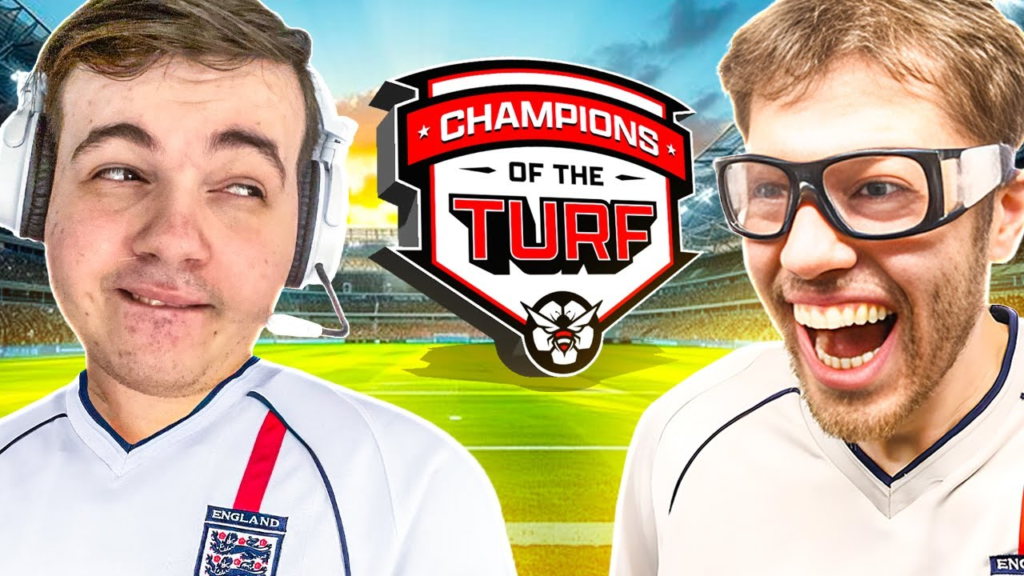Girth and turf are two concepts that might seem unrelated at first glance, but they are both essential parts of various industries, from sports to agriculture and fitness. Whether you’re a horse racing fan, someone interested in fitness, or just curious about these terms, this article is your go-to resource for understanding everything there is to know about girth and turf. So let’s dive in!
What is Girth?
When most people think of the word “girth,” they might first associate it with the circumference of the body. While that’s one meaning, there’s more to it. Girth also plays a significant role in horse riding and fitness.
Girth in Horseback Riding
In equestrianism, the girth is a strap that holds the saddle firmly in place on a horse’s back. It’s a critical piece of tack that ensures the rider’s safety and comfort. Without a girth, the saddle could slip, leading to discomfort or even dangerous situations for both the rider and the horse.
The girth can be made from various materials such as leather, elastic, or neoprene. The type of girth used can affect the horse’s comfort and performance, so choosing the right one is essential.

Girth in Fitness and Bodybuilding
In fitness, “girth” is often used to describe the circumference of a person’s body, especially around the waist. Many bodybuilders and athletes track girth measurements to monitor their progress. It helps them understand how their body is changing as they gain muscle or lose fat.
Understanding Turf: The Green Stuff
Turf is a term that brings to mind images of lush, green grass. However, it’s much more than just the grass on your lawn. Turf plays a crucial role in many industries, including sports, landscaping, and even agriculture.
Turf in Sports
In sports like football, soccer, and rugby, the playing field is often made of artificial or natural turf. The quality of turf can significantly affect the performance of athletes and the safety of the game. For example, artificial turf is made from synthetic materials, designed to mimic the feel and look of real grass. It’s low-maintenance and can withstand heavy foot traffic.
Natural turf, on the other hand, is made up of natural grass and is commonly used for professional outdoor sports like golf or cricket. Turf’s quality can vary depending on the climate and how well it’s cared for.
Turf in Landscaping
Turf is also an essential part of landscaping. Whether you’re planning a new garden or redesigning an old one, turf can create a beautiful, green space. It’s used in lawns, parks, golf courses, and other public areas. Different types of turf are suited to different climates and environments, so it’s important to choose the right one for your needs.
Turf in Agriculture
Turfgrass is sometimes grown for agricultural purposes, such as preventing soil erosion. It’s often planted in areas prone to flooding or landslides because its deep roots help hold the soil together. Additionally, turfgrass plays a role in water management by absorbing and filtering rainwater.
The Relationship Between Girth and Turf
You may be wondering what these two terms have in common. While they might seem like completely separate ideas, they intersect in a few interesting ways.
Turf and Fitness: Impact on Performance
In sports, turf directly influences an athlete’s performance, which may indirectly relate to their girth measurements. For example, playing on high-quality turf can prevent injuries that might sideline a player and impact their training and body composition.
Turfgrass and Fitness Activities
Some people also use turf fields for training purposes. High-end gyms often have turf flooring because it’s soft and allows for a variety of fitness routines, such as sprinting and agility drills. This type of turf may provide athletes with a low-impact surface to work on, which can help reduce the strain on their bodies and allow them to focus on building muscle and reducing girth.
Girth and Turf in Horse Racing
In the world of horse racing, both girth and turf play essential roles. Horses race on turf tracks, which are usually made of natural grass. The surface of the turf can greatly affect the horse’s performance, as it provides a softer landing compared to dirt tracks.
Girth, of course, remains important in this context. A well-fitted girth helps the jockey maintain control over the horse, ensuring that they are able to ride effectively and safely on turf tracks.

Choosing the Right Girth for Different Activities
Poziții Whether you’re into equestrian sports, fitness, or horse racing, choosing the right girth is crucial. Here are some tips:
For Horseback Riding: Make sure the girth fits snugly but isn’t too tight. It should allow for comfort and breathability, so the horse can move freely.
For Fitness: If you’re tracking your body measurements, consider using a soft measuring tape. Measure around the area of interest, such as the waist or thighs, to get accurate girth readings.
Turf Maintenance Tips
Dog-Friendly Keeping turf in top shape can be a challenge, but it’s essential for performance and aesthetics. Here are some maintenance tips:
Mow regularly: Mowing your turf regularly keeps it looking neat and encourages healthy growth. Aim to cut grass to an appropriate height depending on the type of turf.
Water and Fertilize: Proper watering and fertilization help turf stay green and healthy. Ensure your turf gets enough water to prevent it from becoming too dry.
Aerate: Aerating your turf ensures that the soil underneath gets enough oxygen. This promotes healthy root growth and helps the turf absorb water and nutrients more effectively.
FAQs About Girth and Turf
What is the purpose of a girth in horseback riding?
Andy Jones The girth holds the saddle in place on the horse’s back, ensuring that it stays securely attached during riding.
What’s the difference between natural and artificial turf?
Natural turf is made from real grass, while artificial turf is made from synthetic materials designed to mimic grass. Natural turf requires more maintenance but is more eco-friendly, while artificial turf is low-maintenance and durable.
To read more, Click Here

Leave a Reply